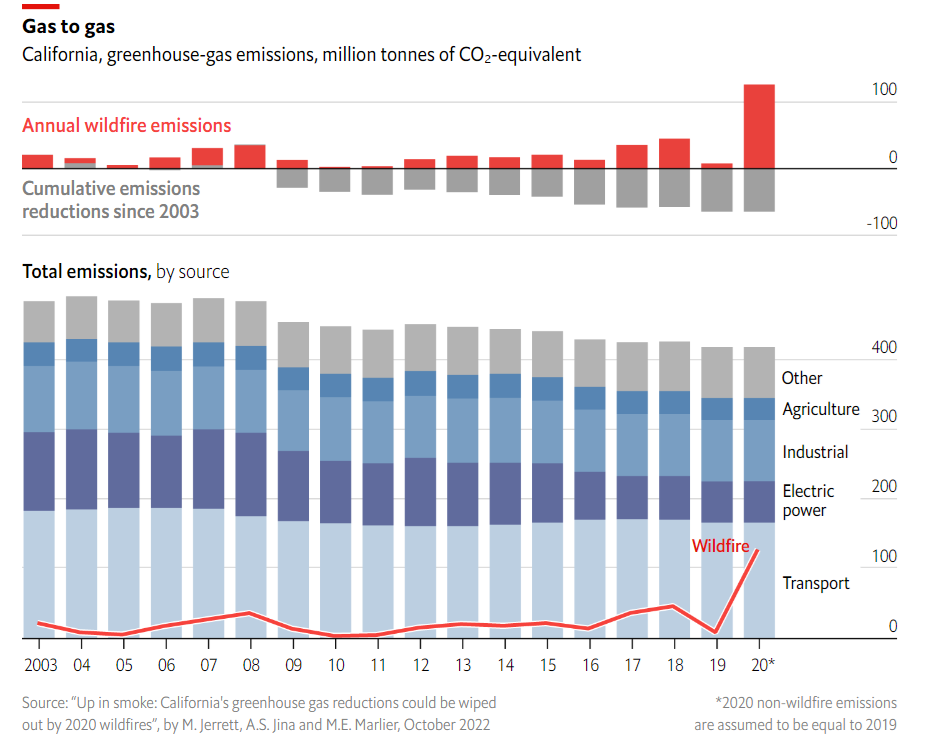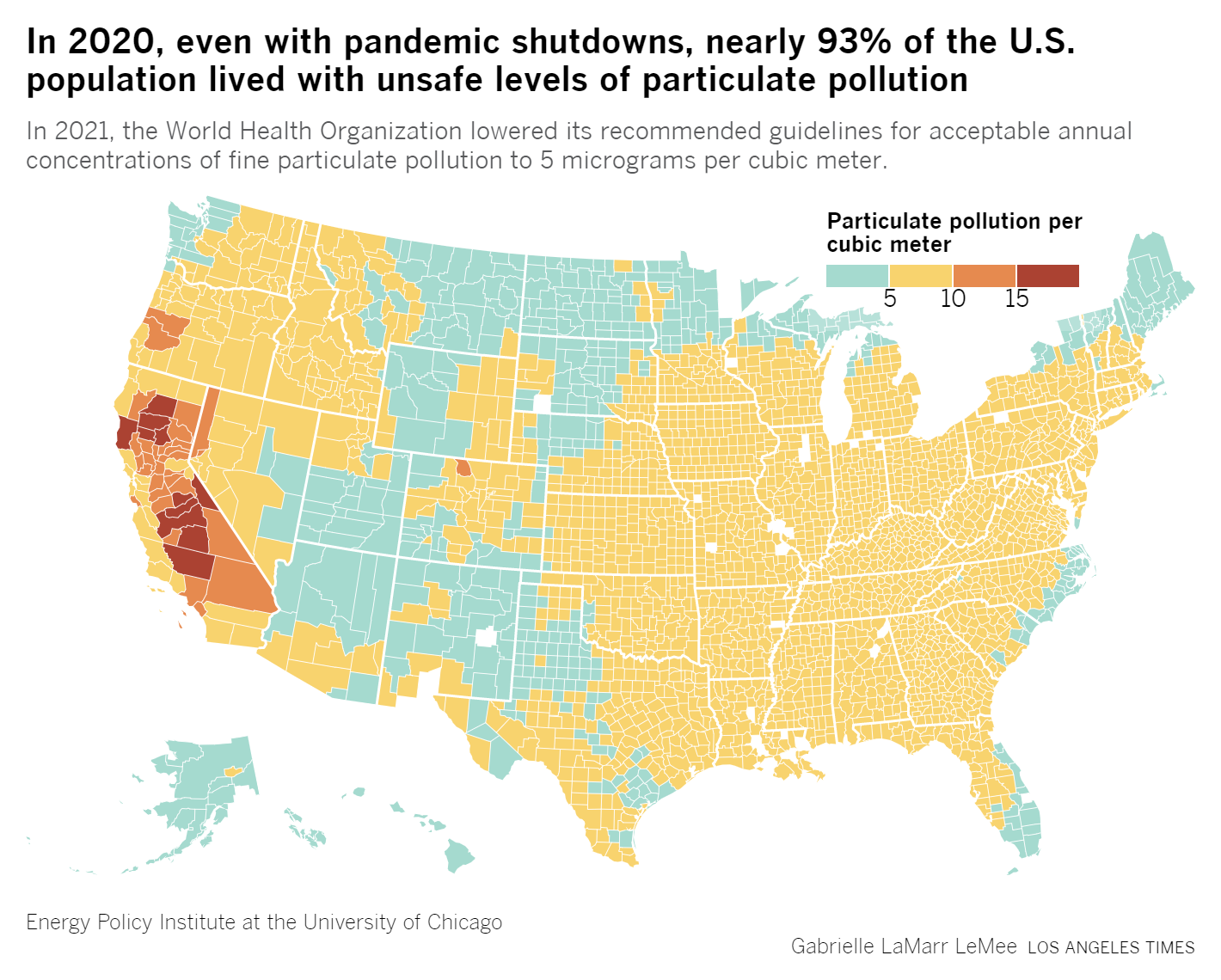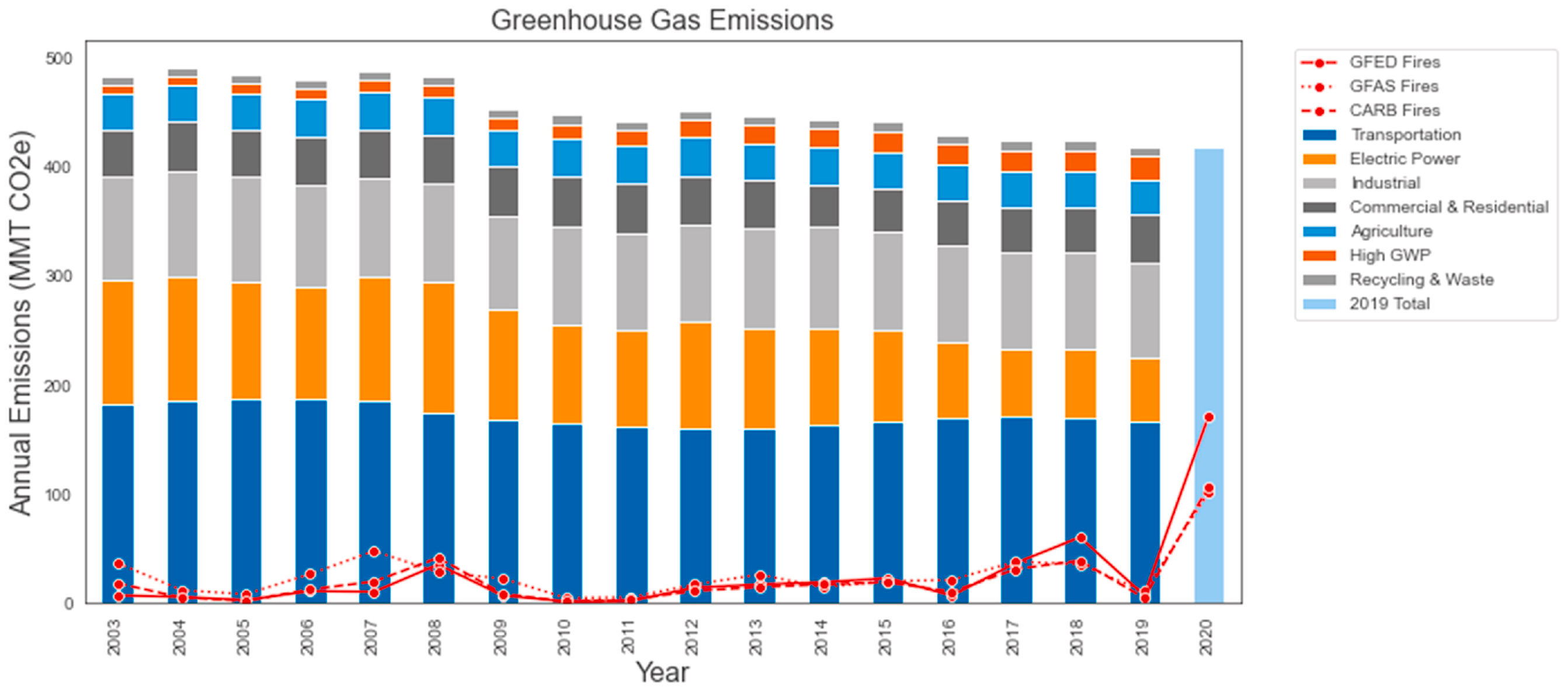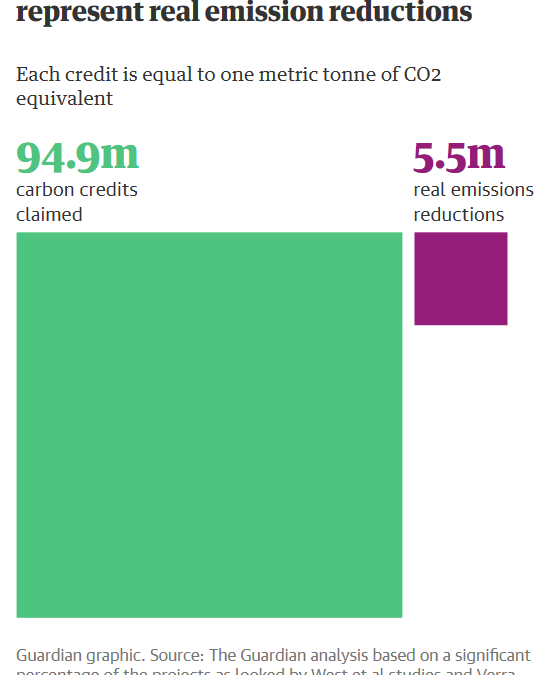A single, devastating California fire season wiped out years of efforts to cut emissions – “California’s wildfire CO2 emissions from 2020 are approximately two times higher than California’s total greenhouse gas reductions since 2003”

By Hayley Smith
20 October 2022
(Los Angeles Times) – A nearly two-decade effort by Californians to cut their emissions of planet-warming carbon dioxide may have been erased by a single, devastating year of wildfires, according to UCLA and University of Chicago researchers.
The state’s record-breaking 2020 fire season, which saw more than 4 million acres burn, spewed almost twice the tonnage of greenhouse gases as the total amount of carbon dioxide reductions made since 2003, according to a study published recently in the journal Environmental Pollution.
Researchers estimated that about 127 million metric tons of carbon dioxide equivalent were released by the fires, compared with about 65 million metric tons of reductions achieved in the previous 18 years.
“When we look at the contribution of the 2020 wildfires, it becomes almost like a new sector of emissions in the economy,” said Michael Jerrett, a professor of environmental health sciences at the UCLA Fielding School of Public Health and a lead author of the research. “Really, we’re about double the reductions.”

The findings challenge the notion that wildfire emissions should be considered differently than the emissions of tailpipes, industry and other sources because forests eventually grow back, Jerrett said. In fact, the study found that wildfires were second only to transportation as the state’s primary source of planet-warming gases in 2020, ahead of industry and electrical power generation.
He said that’s the essence of the study’s title, “Up In Smoke,” because “a lot of the hard-earned gains to fight climate change could be wiped out if we don’t start changing the way that we manage the forests, manage the interface between human activity and the wildland-urban interface, and really start tracking these emissions more carefully and comparing them with other major sources so that we don’t unwittingly think that we’re meeting our climate goals when we’re not.”
Dave Clegern, a spokesman for the California Air Resources Board, said the agency does not consider wildfire emissions when assessing its progress toward greenhouse gas targets because the targets are specific to human-caused emissions. The approach is aligned with legislative direction, he said, and was designed to ensure that the state’s targets and emissions reductions are comparable with other national inventories.
However, that will soon change, because new guidance from the Intergovernmental Panel on Climate Change has clarified that to achieve carbon neutrality, “we must consider all emissions sources and sinks,” Clegern said.
He said the Air Resources Board is starting a process to include wildfire emissions in its 2022 “scoping plan,” which focused on achieving carbon neutrality by 2045.
“Our efforts have been concentrated on reducing the use of fossil fuels because that is the direct cause of climate change. Wildfires on the other hand, are part of the natural carbon cycle,” Clegern said. “However, we are concerned about both the climate and public health impacts from wildfires and that climate change will only exacerbate these impacts in the future. That’s why we’re addressing it in the draft scoping plan and the state is advancing action to both reduce wildfire emissions and improve forest health.”
This year, a Times report on the 2020 wildfire season found that it not only offset decades of antipollution efforts, but also contributed to more than $19 billion in economic losses. Jerrett said that’s all the more reason to consider wildfires as part of the big picture.
“I think the only way that we’re going to effectively deal with this is to start tracking these emissions very carefully, understanding the magnitude of their impacts in terms of the economic costs and also the potential warming they could cause, and putting them in comparison with other sectors so that we can begin to make societal decisions that are much better informed than what we’ve made so far,” he said.
Although wildfires are a natural feature of many ecosystems in California, the increase in severe and frequent wildfire events has raised the possibility of transformed post-fire ecosystems. Even if long-term regrowth occurs, however, the carbon emissions occurring in the next 15 [to] 20 years will make it difficult to reach emission reduction targets needed to avert the increases in mean global temperature advocated by the Intergovernmental Panel on Climate Change.
Miriam Marlier, a Fielding School professor and co-author of the study
The study’s findings could have implications for global warming. According to the Intergovernmental Panel on Climate Change, it is critically important to avoid a 1.5-degree Celsius rise in global average temperature, as increases above that would have dire implications for extreme weather events, infectious diseases, economies, agriculture and many other sectors.
Forests have long played a role in that system, with large trees sequestering carbon and helping to alleviate some emissions. But California’s new breed of climate-change-fueled fires are burning hotter and faster than those of the past, sometimes slowing the regrowth process and even converting some areas from coniferous trees into grasslands, shrubs and chaparral, the researchers said.
“Although wildfires are a natural feature of many ecosystems in California, the increase in severe and frequent wildfire events has raised the possibility of transformed post-fire ecosystems,” said Miriam Marlier, a Fielding School professor and co-author of the study. “Even if long-term regrowth occurs, however, the carbon emissions occurring in the next 15 [to] 20 years will make it difficult to reach emission reduction targets needed to avert the increases in mean global temperature advocated by the Intergovernmental Panel on Climate Change.”
Rajinder Sahota, deputy executive officer of the Air Resources Board, discussed the study’s findings on KPCC’s “AirTalk” on Wednesday. She said California’s 2020 greenhouse gas targets, set in 2006, were “focused on the root cause of climate change, which is energy and combustion of fossil fuels in the state.”
“What we didn’t know then, and what we’ve learned now, is that the climate impacts have accelerated,” Sahota said, noting that the combustion of fossil fuels has contributed to the intensification of wildfires in the last decade. (Fourteen of the state’s 20 largest wildfires on record have occurred since 2010, according to the California Department of Forestry and Fire Protection.)
“So not only do we need to think about the evolution of how we set our targets past 2020 … but we also have to acknowledge that we’re planning for energy and our forestry sector in a changing landscape,” Sahota said. [more]
A single, devastating California fire season wiped out years of efforts to cut emissions

Up in smoke: California’s greenhouse gas reductions could be wiped out by 2020 wildfires
ABSTRACT: In this short communication, we estimate that California’s wildfire carbon dioxide equivalent (CO2e) emissions from 2020 are approximately two times higher than California’s total greenhouse gas (GHG) emission reductions since 2003. Without considering future vegetation regrowth, CO2e emissions from the 2020 wildfires could be the second most important source in the state above either industry or electrical power generation. Regrowth may partly of fully occur over a long period, but due to exigencies of the climate crisis most of the regrowth will not occur quickly enough to avert greater than 1.5 degrees of warming. Global monetized damages caused by CO2e from in 2020 wildfire emissions amount to some $7.1 billion USD. Our analysis suggests that significant societal benefits could accrue from larger investments in improved forest management and stricter controls on new development in fire-prone areas at the wildland-urban interface.
Up in smoke: California’s greenhouse gas reductions could be wiped out by 2020 wildfires


